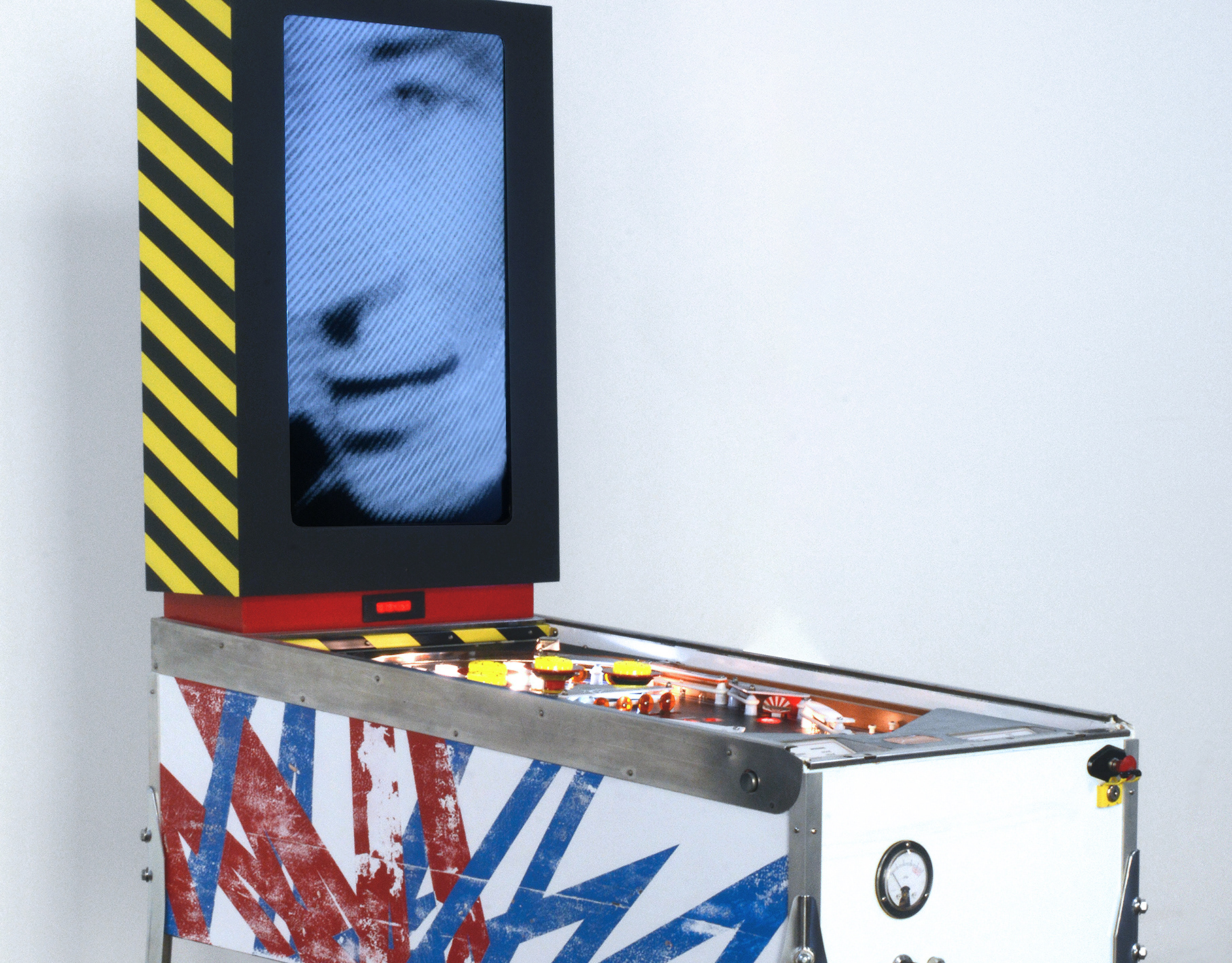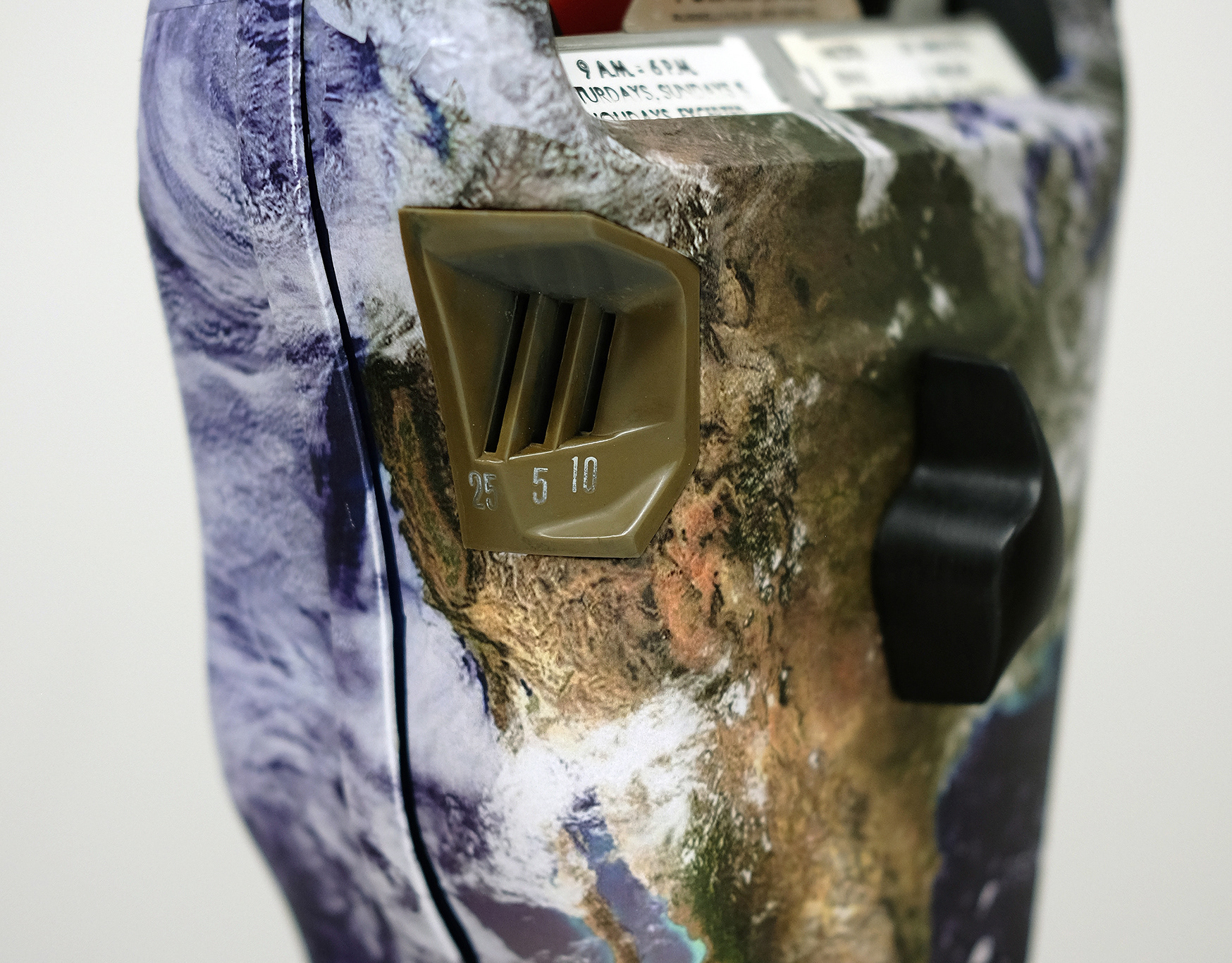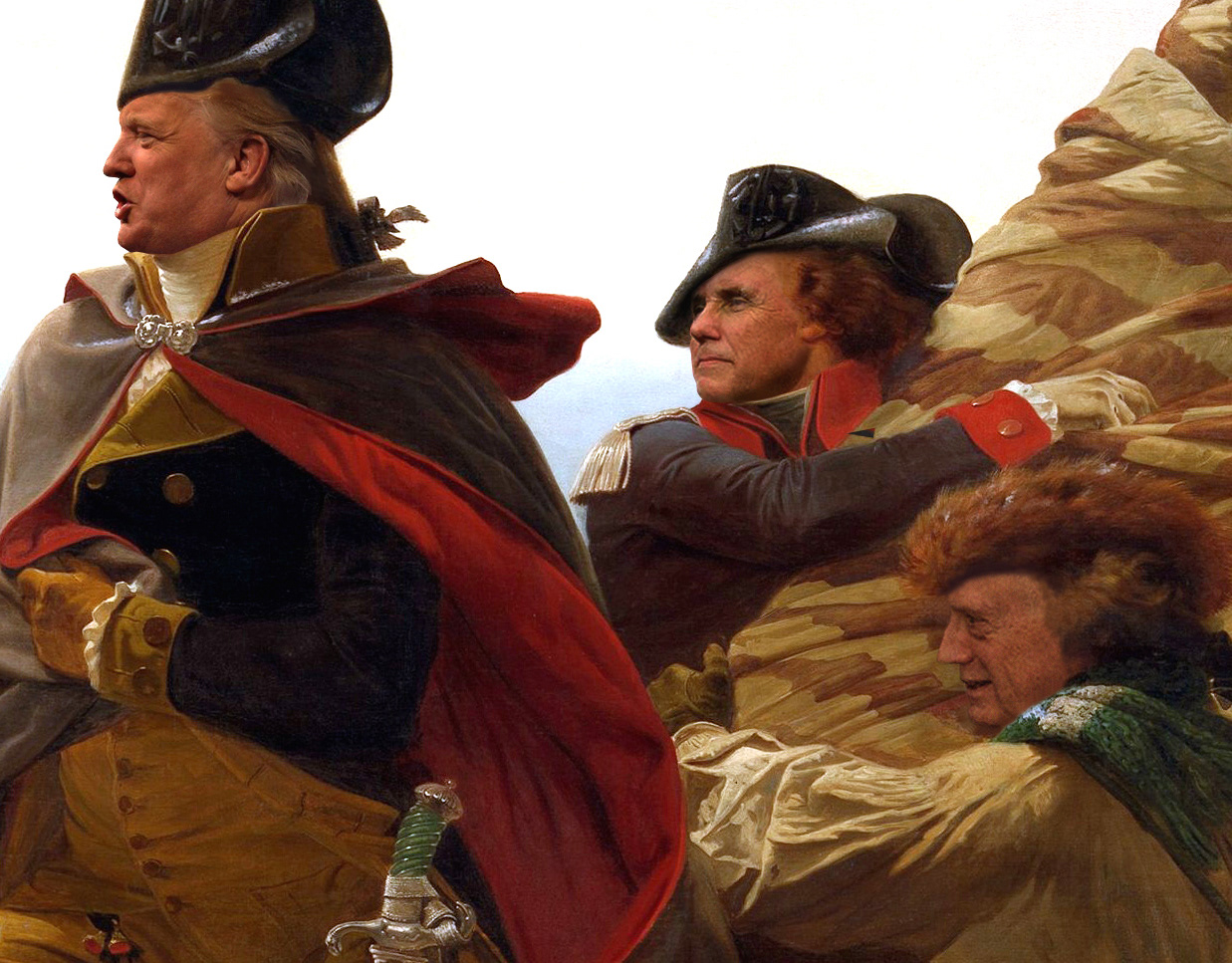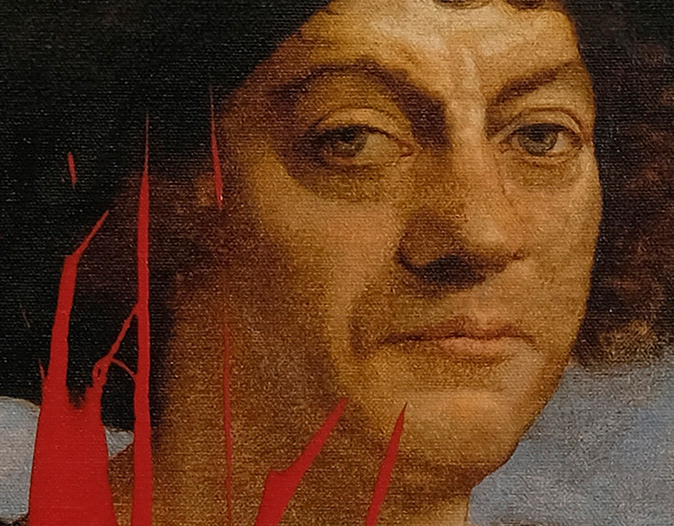In my poignant artwork, I employ a reclaimed wooden pallet as the canvas for a painted image of a boy clad in a 1950s cowboy outfit, complete with a toy gun. I position this piece within an antique Radio Flyer wheelbarrow, a nostalgic symbol of childhood play, yet it takes on deeper significance through my visual and conceptual choices. The boy’s face is obscured by a plasma screen displaying a kaleidoscope of images, reflecting the complex interplay of media influence and cultural narratives inherent in contemporary society.
My intent is to critique America’s perception of 1950s Western films, which have significantly shaped collective understandings of identity and morality. In these films, the binary opposition between “good guys” and “bad guys” was starkly delineated: sheriffs often donned white hats while outlaws, thieves, and characters representing Mexicans and Native Americans wore black. This simplification of moral judgment not only perpetuated stereotypes but also portrayed Indigenous peoples and Mexicans as savages, reinforcing ideas of racial inferiority and cultural hegemony. Such depictions offered little room for moral complexity or truth, reflecting an entrenched narrative that continues to influence contemporary views.
My work also emphasizes the media’s role in glorifying violence, a theme that resonates throughout American culture. It is increasingly acknowledged that children are subliminally assimilated into a culture of gun violence through the very media designed to entertain them. Television remains one of the most potent influences; research indicates that prolonged exposure to violent imagery is correlated with increased aggressive behavior in children, as well as a diminishment of creativity, patience, imagination, and overall cognitive and physical development.
In conclusion, my artwork serves as a critical reflection on the enduring influence of 1950s Western films and their role in shaping America’s self-perception. Through the juxtaposition of childhood innocence and the violent legacy of media representations, I compel viewers to confront the complexities of their cultural narratives. In doing so, I contribute to a vital dialogue within contemporary art that seeks to unearth and challenge the root causes of violence and prejudice in society, advocating for a more nuanced understanding of identity and media's impact on future generations.
.










